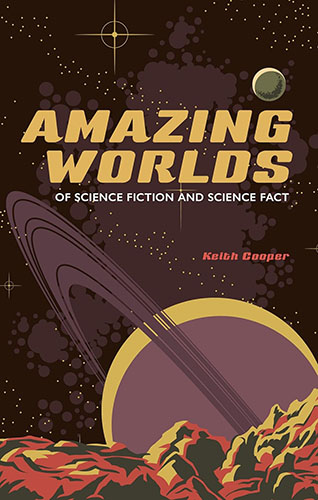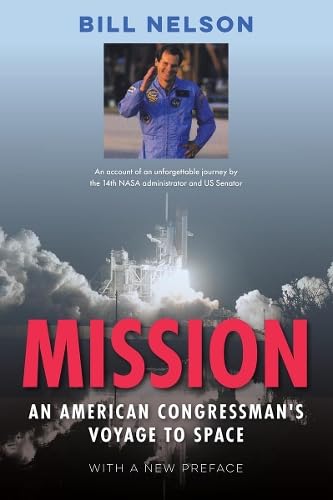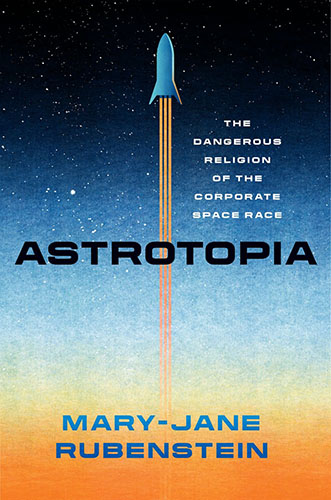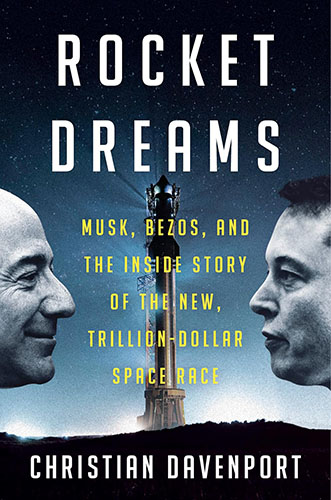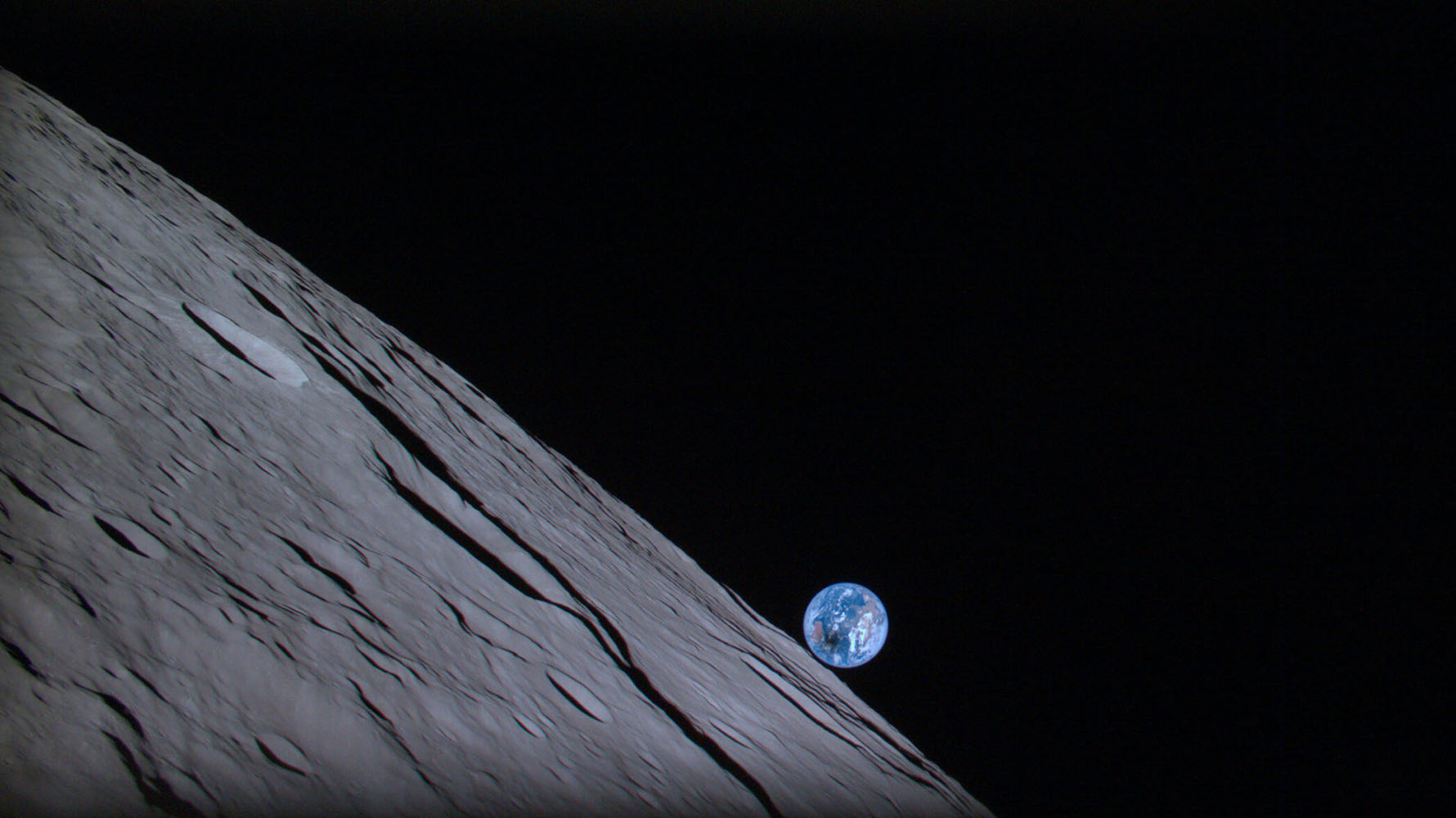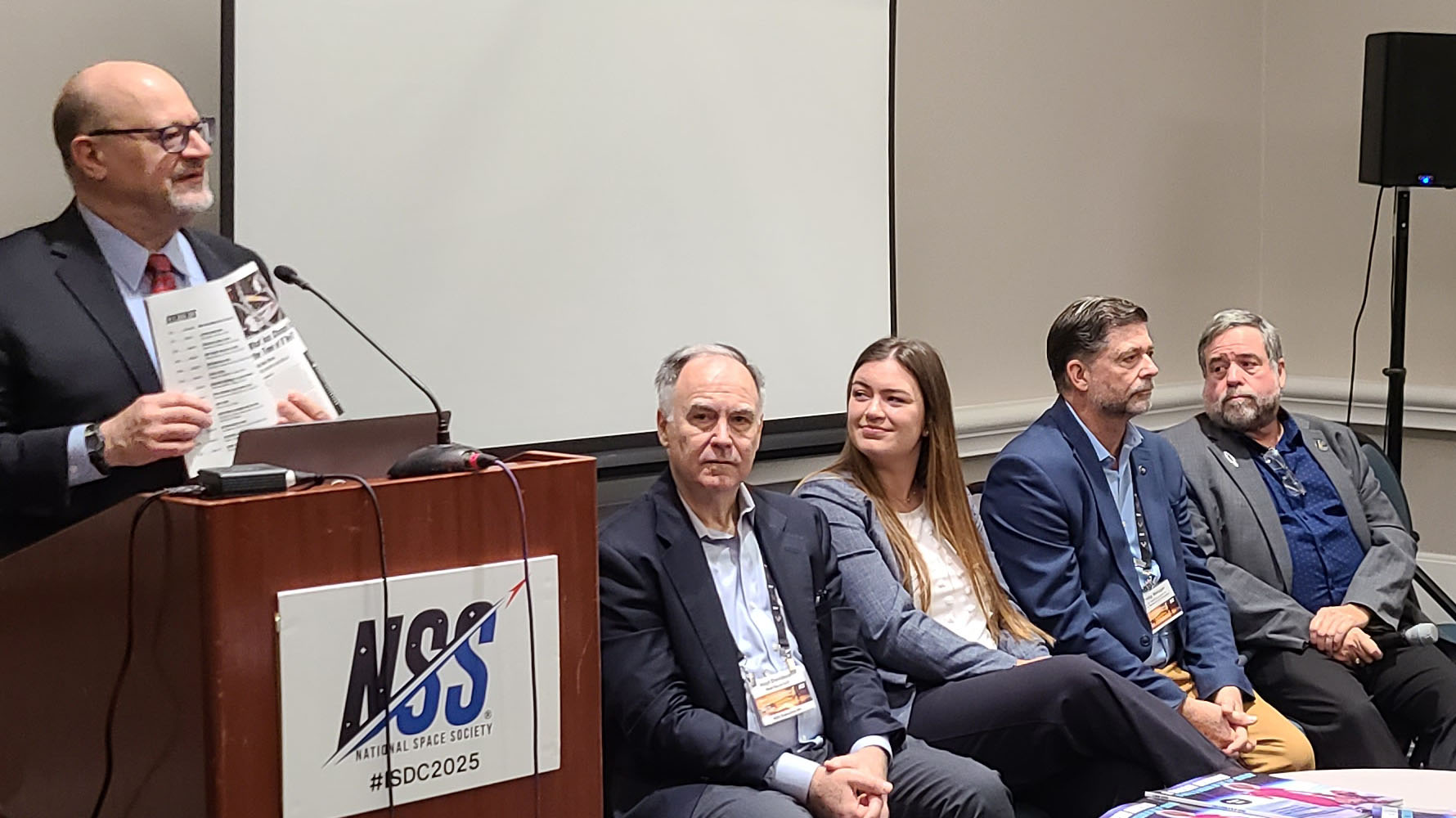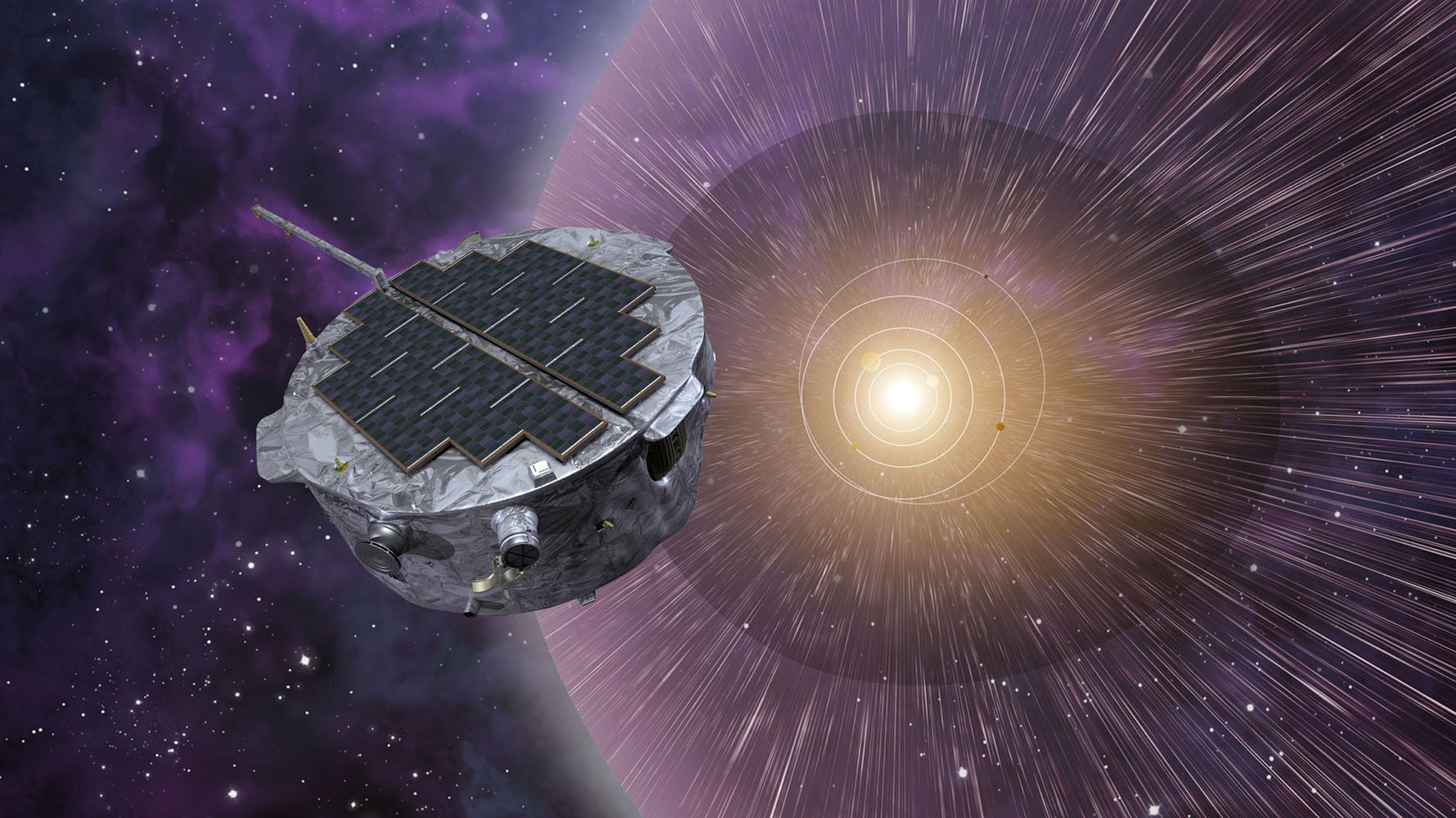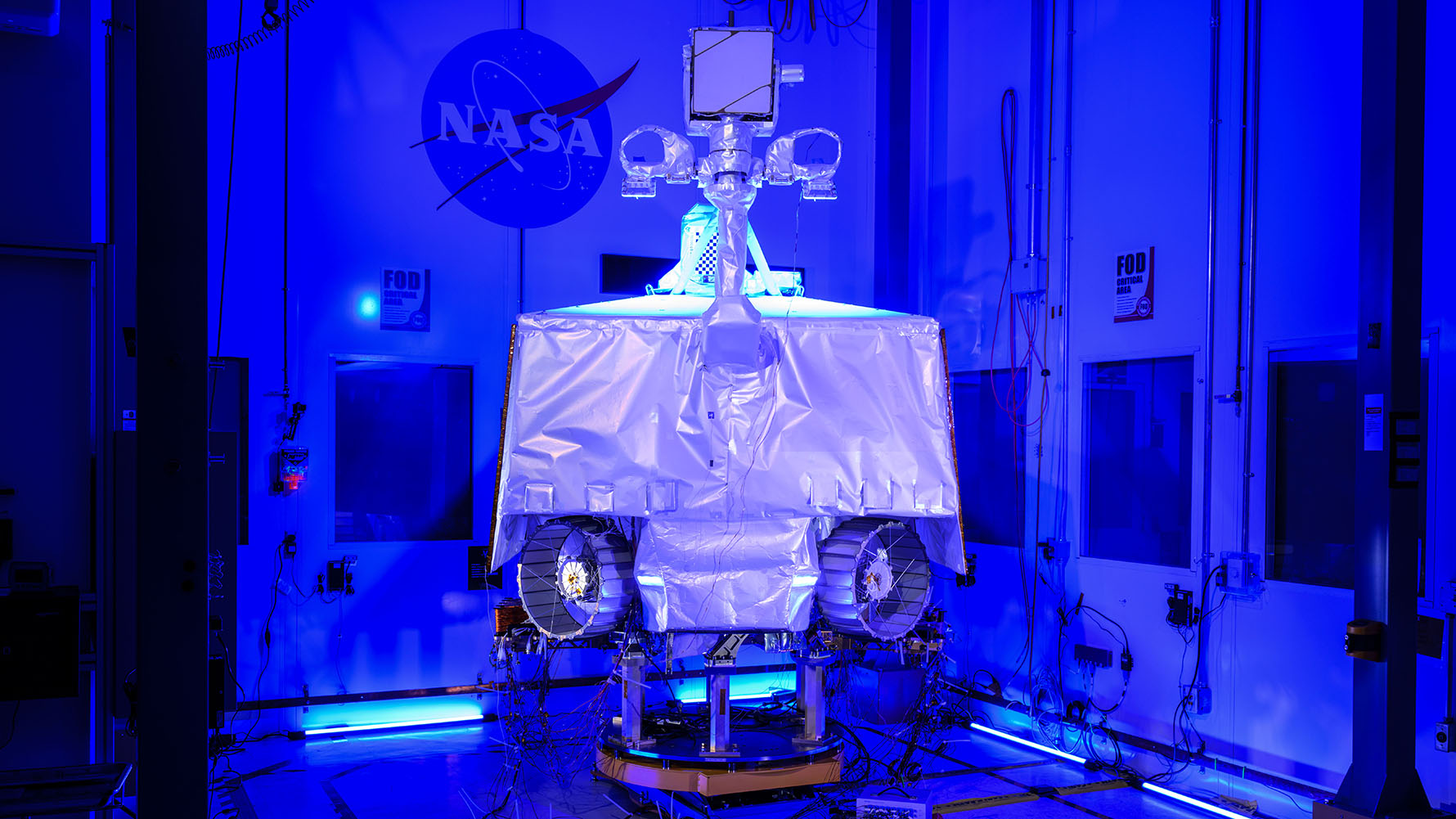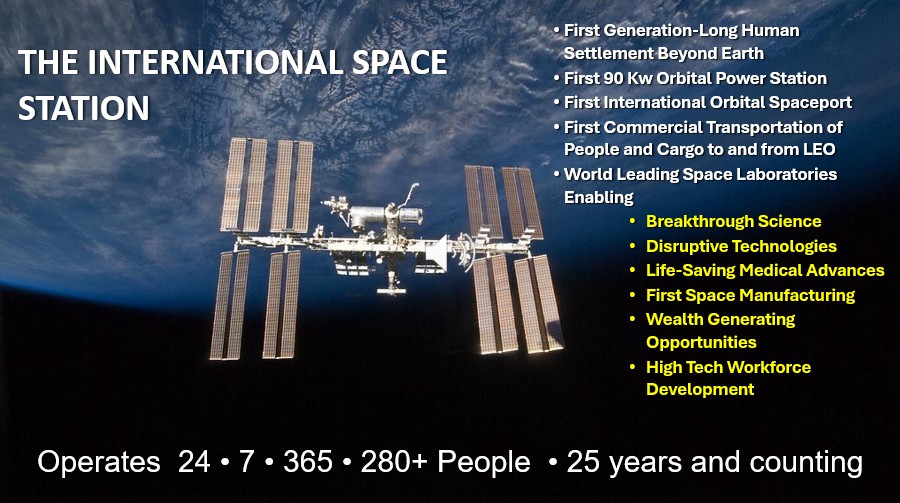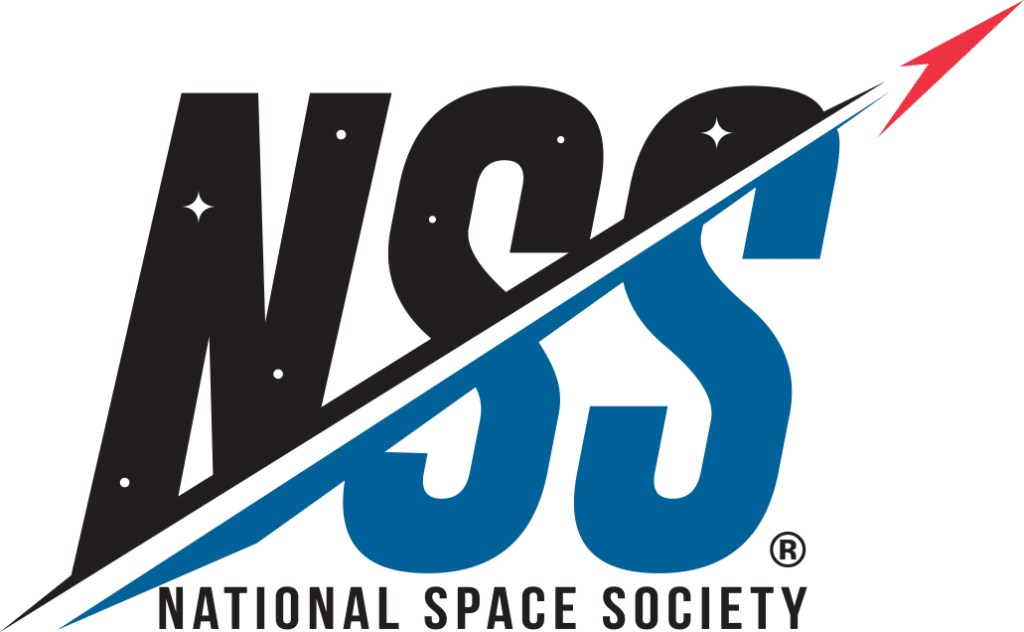Category: Nonfiction
Reviewed by: Douglas G. Adler
Title: Amazing Worlds of Science Fiction and Science Fact
Author: Keith Cooper
Format: Hardcover/Kindle
Pages: 224
Publisher: Reaktion Books
Date: May, 2025
Retail price: $22.50/$13.50
ISBN: 978-1789149944
Find this book
Science fiction is fun and exciting. Robots, laser guns, hyperspace, and starships battling for dominance amidst the stars are all grist for the mill. Astronomy, beyond the “gee whiz” factor, quickly becomes a very dense and technical area of study that takes many years to master. Planetary astronomy, in particular, has been experiencing a period of explosive growth and widespread interest ever since the extrasolar planet (exoplanet) 51 Pegasi b was discovered in 1995.
This often leaves interested readers choosing between science fiction works that describe purely imagined worlds and astronomy books that delve into dense technical material, with little in the middle. While the fictional words of Tatooine and Arrakis seem very real to millions of Star Wars and Dune fans, actual extrasolar planets such as Iota Draconis b or OGLE-2005-BLG-390Lb are, shall we say, more challenging to get to know.
Into the gap between these two sources of material steps Keith Cooper with Amazing Worlds of Science Fiction and Science Fact. The book cleverly uses reader’s familiarity with invented worlds from science fiction television programs, films, and books as a way to get them to think about astronomy in general and actual extrasolar planets in particular.
The desert planets Tatooine and Arrakis are used to discuss extrasolar planets where water is likely to be scarce. The frozen world of Hoth from The Empire Strikes Back is used to introduce readers to worlds of ice, to discuss planetary ice ages, geology concepts, and other factors that would make a world permanently frigid. Tatooine is also heavily discussed in the context of words orbiting binary or even trinary star systems (for the record, Tatooine’s suns are officially named Tatoo I and Tatoo II). Could a planet orbiting two or more suns be habitable? Would its orbit be stable? What sort of life might evolve on such a world? Cooper addresses these sorts of questions, and more.
The book assumes that the reader is at least familiar with the most well-known titles in modern science fiction canon, and also mentions and describes a great many lesser-known works and their authors. As a lifetime reader of science fiction and a student of astronomy, I enjoyed the rapid-fire, round-robin tenor of the book as references to many books and films I had enjoyed came up for discussion. There is significant attention paid to real-world exoplanets and the missions that discovered them, giving readers a sense of how fast this area of study is progressing.
Unfortunately, and somewhat surprisingly given the subject matter, there is a paucity of illustrations beyond a few color plates. The book would have benefited from more images and diagrams to help illustrate the many interesting concepts described, especially for younger readers. The cover image, of a Saturn-like world rising over an unnamed rocky exoplanet, seems to be intentionally suggestive of the works of famed space artist Chesley Bonestell.
Overall, this is a worthy effort that is mostly geared to readers interested in planetary astronomy and cosmology who have read their share of science fiction books and who were weaned on Star Trek and the Star Wars trilogy. The tone is lighthearted but still manages to convey a lot of interesting information while not getting bogged down in too many technical details of the nuts and bolts of space telescopes such as the CHaracterising ExOPlanets Satellite (CHEOPS) or Transiting Exoplanet Survey Satellite (TESS). I suspect readers of Ad Astra would find the book appealing on several levels.
© 2025 Douglas G. Adler
